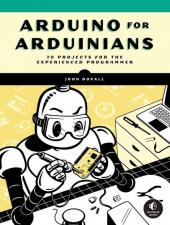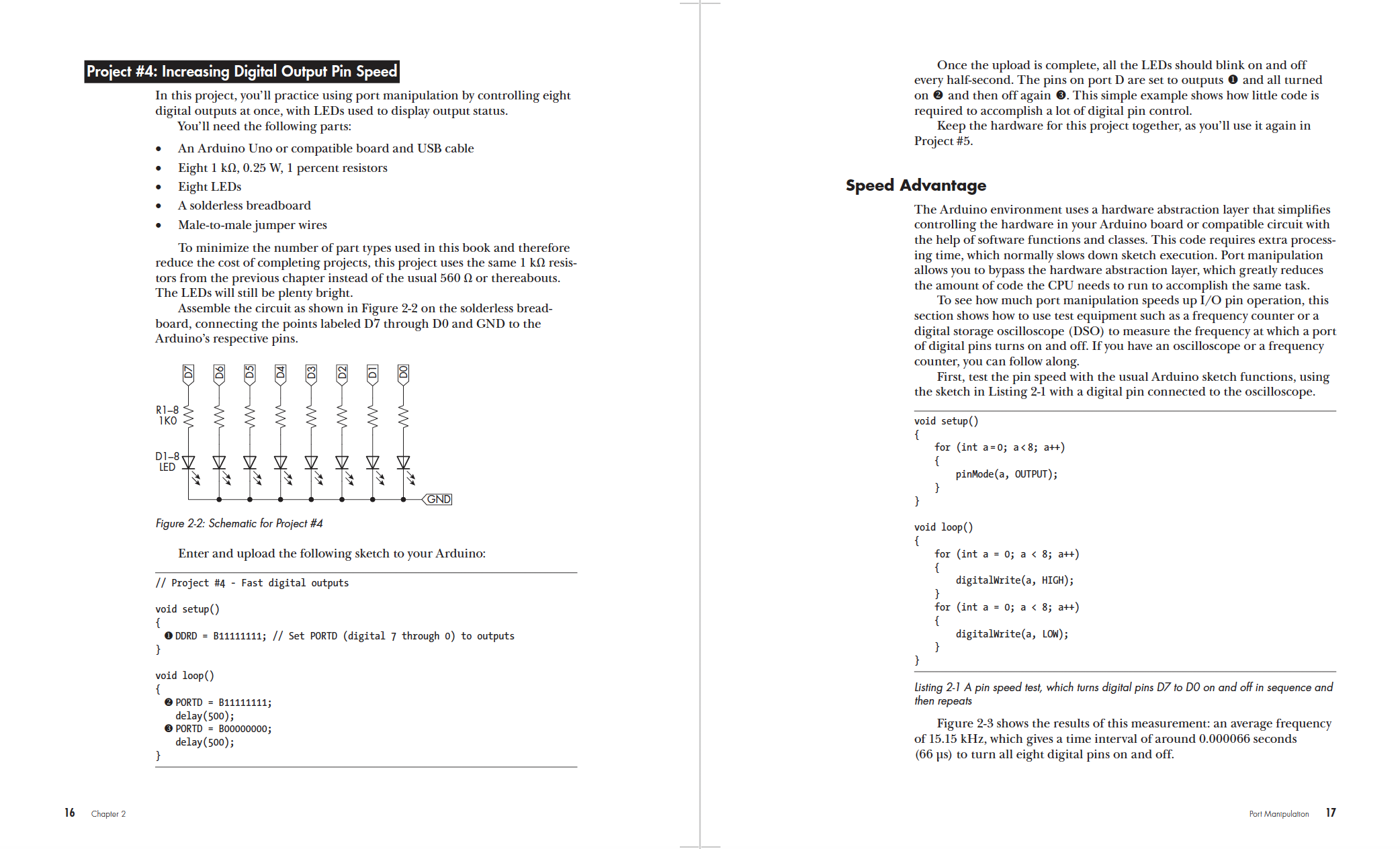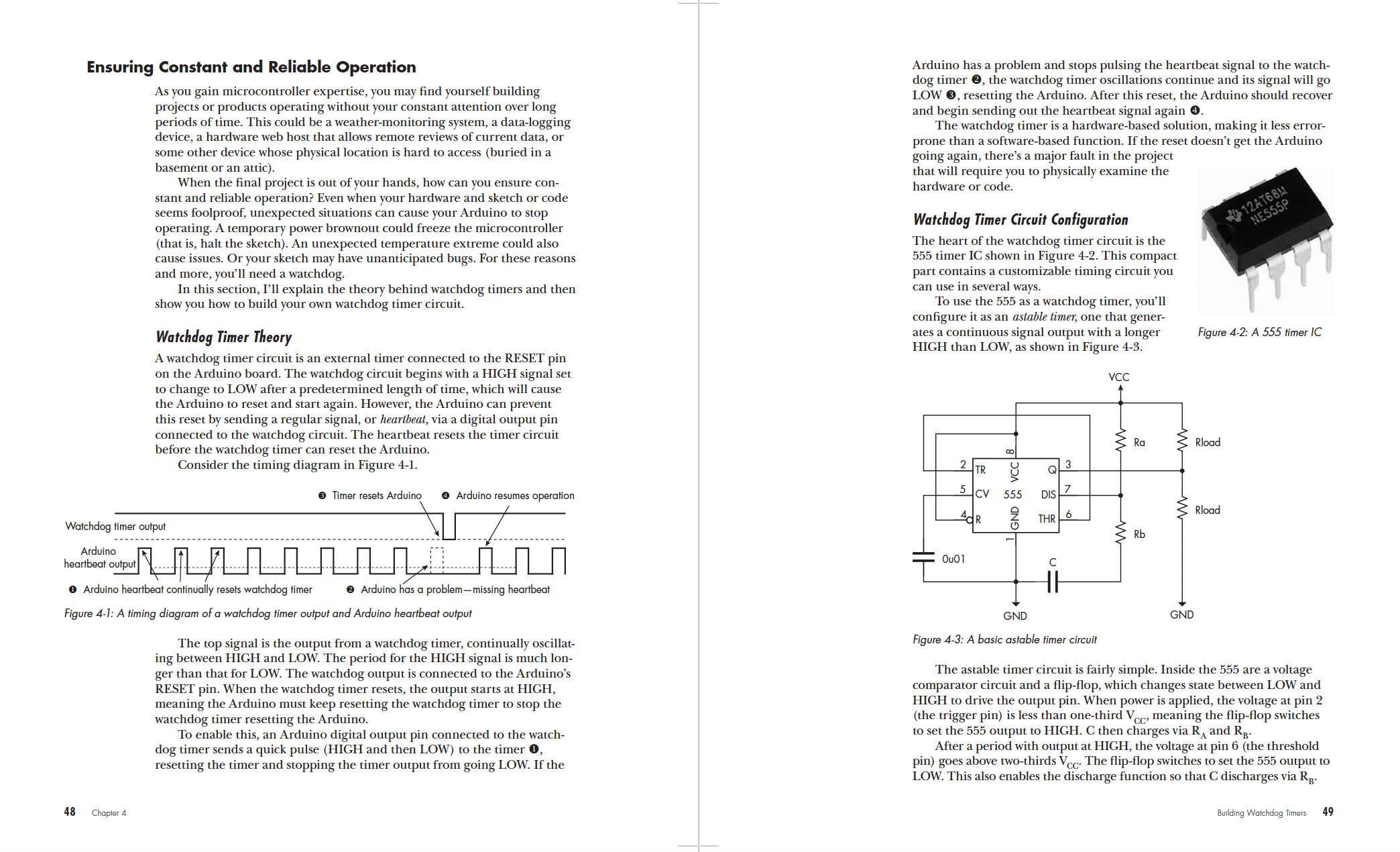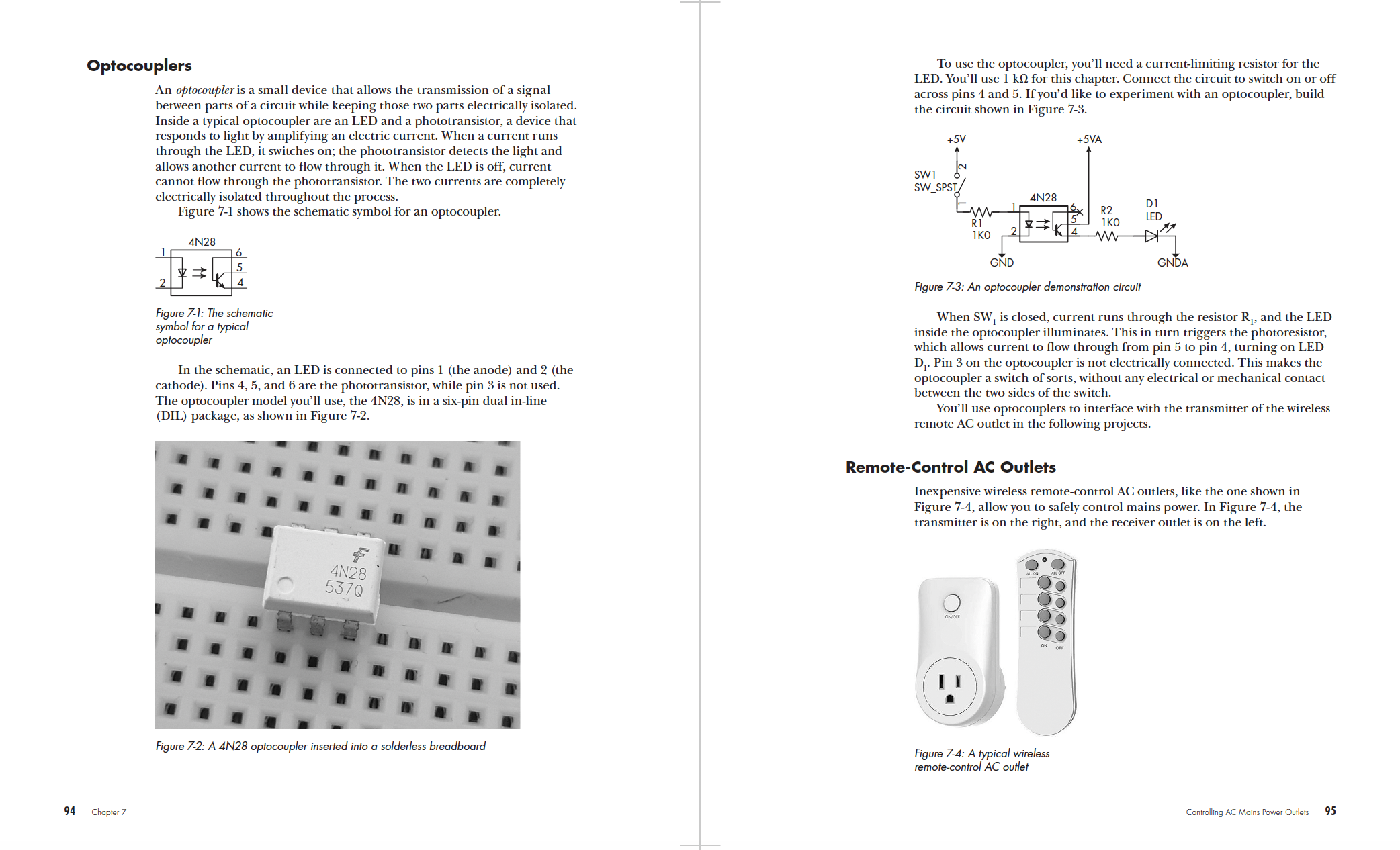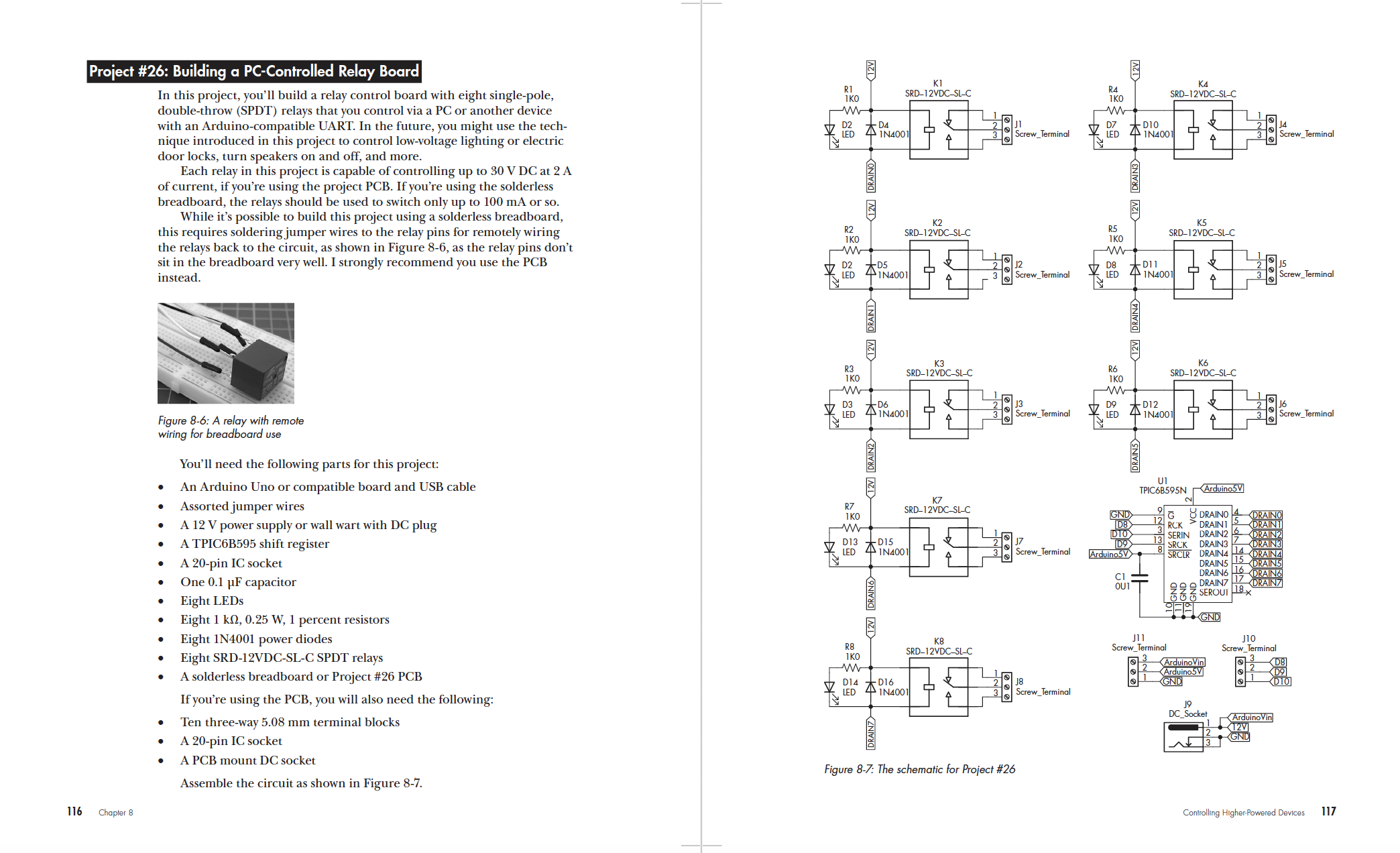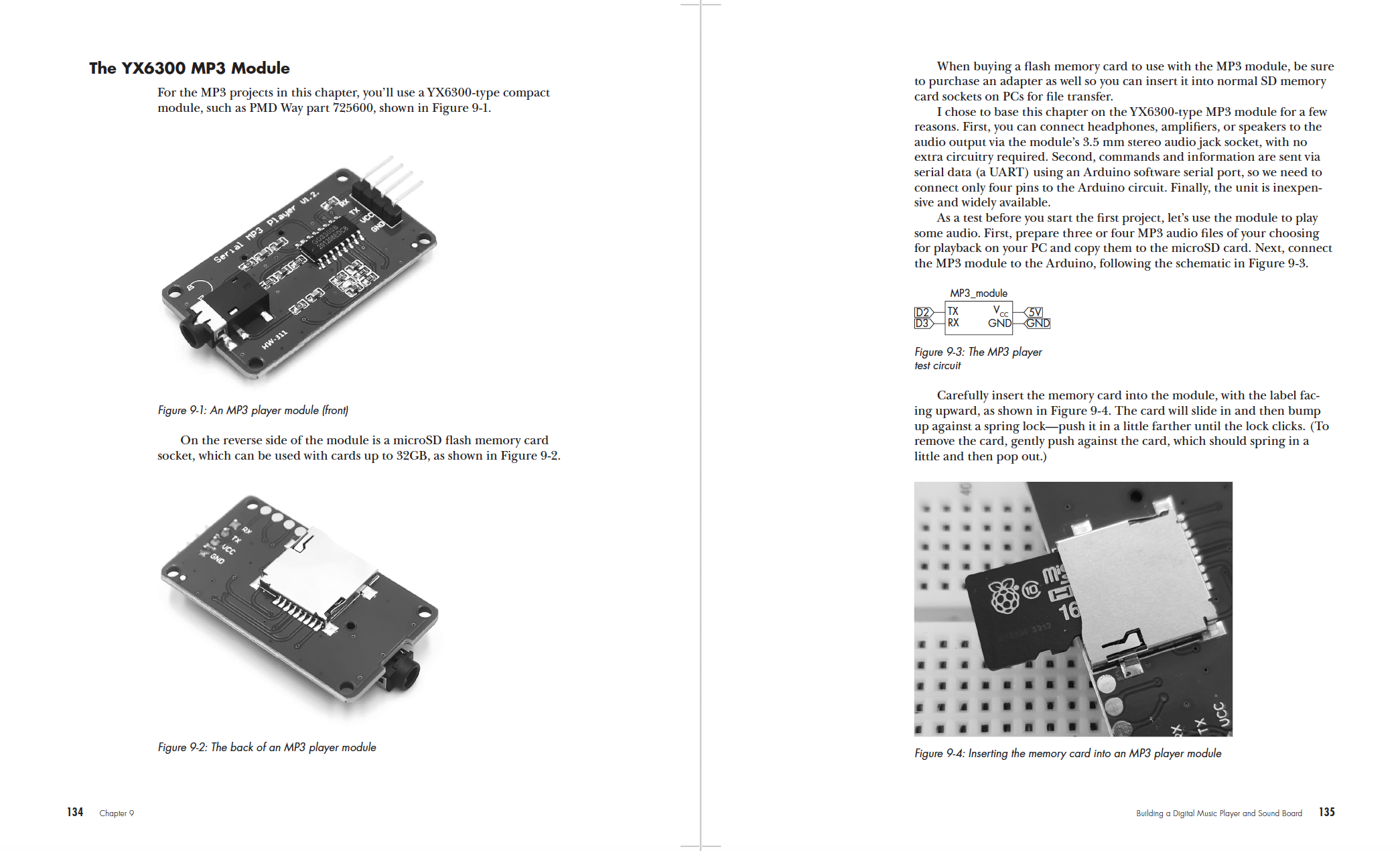Acknowledgments
Introduction
Chapter 1: Using Multiple Buttons with One Analog Input
Chapter 2: Increasing Digital I/O Speed with Port Manipulation
Chapter 3: Configuring the Arduino Environment for ATtiny Microcontrollers
Chapter 4: Building Watchdog Timers
Chapter 5: Controlling LEDs with Charlieplexing
Chapter 6: Using Soft Power Control
Chapter 7: Controlling AC Mains Power with the Arduino
Chapter 8: Controlling High-Power Shift Registers
Chapter 9: Working with MP3 Modules
Chapter 10: Using Multiple I2C Devices with the Same Address
Chapter 11: Emulating USB Keyboards and Mice with Arduino
Chapter 12: Storing Data on USB Flash Drives
Chapter 13: Interfacing with PS/2 Keyboards
Chapter 14: Controlling the Arduino Wirelessly with Bluetooth
Chapter 15: Increasing Energy Efficiency in Portable Projects
Chapter 16: Monitoring Automotive Electronics with the CAN Bus
Chapter 17: Communicating via RS232 Using the Arduino
Chapter 18: Communicating via RS485 Using the Arduino
Chapter 19: Remote Controlling the Arduino via a Web Page
Chapter 20: Remote Controlling the Arduino via Telegram
Chapter 21: Keeping Accurate Time with Internet Time Servers
Chapter 22: Logging Data Wirelessly to Google Sheets
Chapter 23: Building an ESP32 Web Server
Chapter 24: Using the ESP32 Camera Board
Epilogue
Appendix: Creating and Installing Arduino Libraries
Index
View the Copyright page
View the detailed Table of Contents



